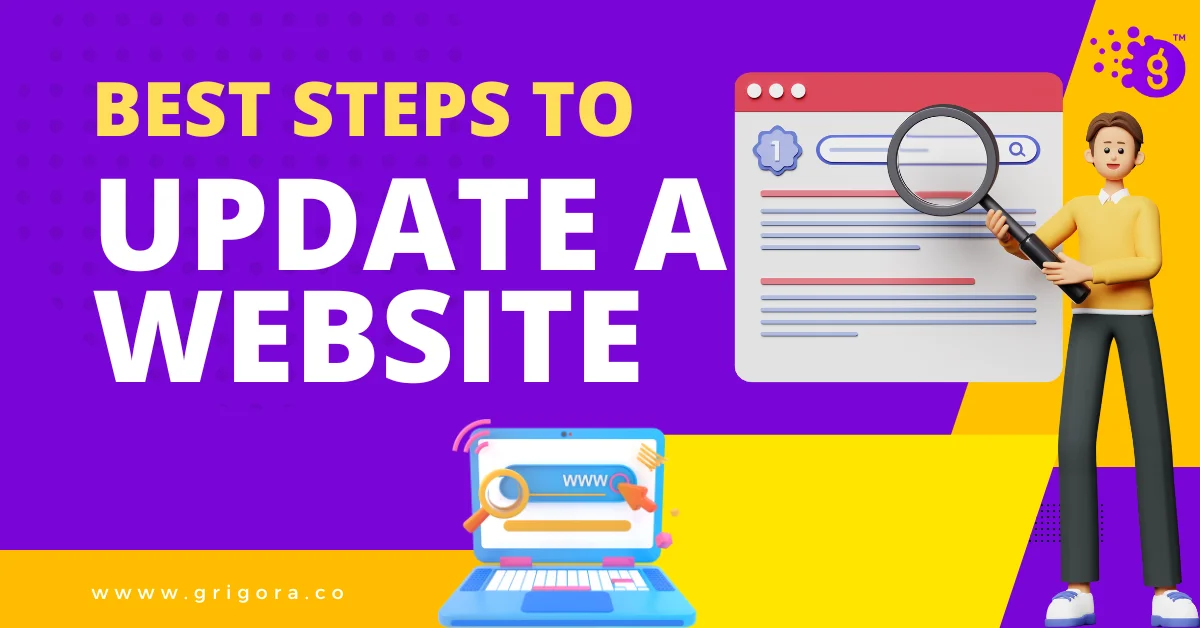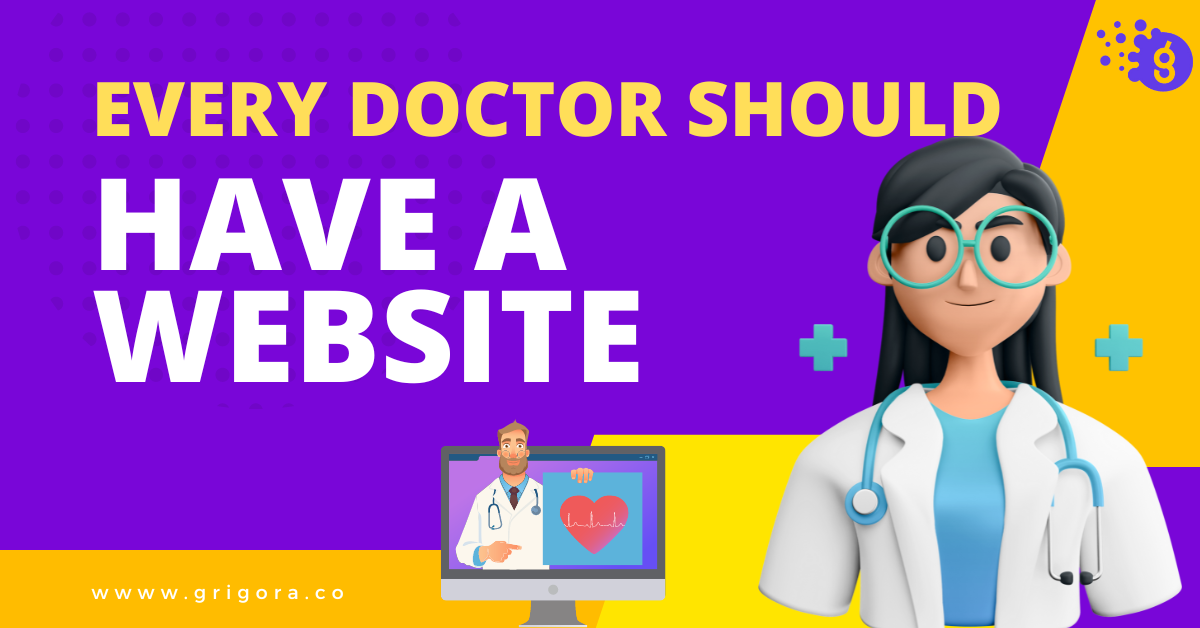Introduction
Why Updates Matter
"The only constant in the technology industry is change."
This quote encapsulates why updating your website is not just an option but a necessity. In the fast-paced digital world, an outdated website can quickly become irrelevant, affecting your business's credibility and performance.
The 10-Step Approach
In this article, we'll walk you through a comprehensive 10-step approach to effectively update your website. Each step is designed to ensure that you cover all bases, from content to security.
Scope of the Article
We aim to provide a detailed guide that will be useful for both beginners and experienced website owners. Whether you're looking to do a minor update or a complete overhaul, this article has got you covered.
Step 1: Assess the Current State
Website Audit
Before diving into updates, it's crucial to assess the current state of your website. Conduct a comprehensive website audit to identify strengths, weaknesses, and areas that require immediate attention. This will give you a clear roadmap for the updates.
Identifying Areas for Update
An audit will help you pinpoint specific areas that need updating. This could range from outdated content and broken links to security vulnerabilities. Knowing what needs to be updated will help you allocate resources more effectively.
Step 2: Backup Your Website
Importance of Backups
Before making any changes, it's imperative to backup your website. This ensures that you have a safety net in case something goes wrong during the update process. A backup allows you to revert to the previous version without losing any data.
Methods for Backup
There are various methods to backup a website, including manual backups and using specialized software. Choose a method that suits your technical expertise and the complexity of your website. Some website platforms, like Grigora, offer built-in backup features for added convenience.
Step 3: Update Content
Refreshing Text
Content is the backbone of any website, and keeping it up-to-date is essential. Review all textual elements, including blog posts, product descriptions, and informational pages. Update any outdated information, correct errors, and consider adding new content that is relevant to your audience.
Visual Elements
Visual content, such as images and videos, also need regular updates. Replace any outdated graphics and add new visual elements that align with your brand and message. High-quality, relevant visuals can significantly enhance user engagement.
Step 4: Check for Broken Links
Finding Broken Links
Broken links can severely impact the user experience and your website's SEO. Use tools or manually check to identify any links that are no longer working. This includes internal links within your website and external links to other sites.
Fixing or Removing
Once you've identified broken links, the next step is to fix or remove them. Update the URLs for those that have changed and remove links that are no longer relevant or lead to websites that don't exist. Some platforms, like Grigora, offer built-in features to easily manage and update links.
Step 5: Update Design Elements

UI/UX Updates
User Interface (UI) and User Experience (UX) are critical factors in the success of a website. Check if your website's design is still effective and meets current best practices. Update color schemes, fonts, and other UI elements as needed to improve usability and visual appeal.
Theme and Templates
Themes and templates serve as the foundation of your website's design. If you're using a Content Management System (CMS) like Grigora, you can easily switch to a new theme or update the existing one. Make sure the theme is responsive, SEO-friendly, and aligns with your brand identity.
Step 6: Optimize for Mobile
Mobile Responsiveness
In today's digital age, mobile responsiveness is not optional; it's a necessity. Ensure that your website is fully optimized for mobile devices. This includes checking the layout, text size, images, and functionalities to make sure they adapt well to different screen sizes.
Testing on Multiple Devices
Don't just assume your website works well on mobile—test it. Use various devices like smartphones and tablets to navigate through your website. Tools and platforms like Grigora offer mobile preview options to help you see how your site looks and functions on mobile devices.
Step 7: Update SEO Elements
Meta Descriptions and Titles
Meta descriptions and titles are crucial for search engine optimization (SEO). Review and update these elements to ensure they are aligned with your current content and targeted keywords. A well-crafted meta description can significantly improve your click-through rates from search engine results.
Keyword Optimization
Keywords are the backbone of your SEO strategy. Revisit your keyword research and make sure your website content, including headings, subheadings, and body text, is optimized for relevant keywords. Tools like Grigora's SEO features can assist you in this process, making it easier to insert and track keywords.
Step 8: Update Security Measures
SSL Certificates
An SSL certificate is essential for website security and is a ranking factor for Google. If your SSL certificate is close to expiration or if you don't have one, now is the time to update or install. This ensures that the data between your website and your visitors is encrypted and secure.
Firewalls and Anti-Malware
Your website is a valuable asset; protect it like one. Update your firewalls and anti-malware software to the latest versions to guard against new security threats. Platforms like Grigora offer robust security features, including built-in firewalls and regular security audits, to keep your website safe.
Step 9: Test the Updates
Quality Assurance
Quality assurance is the backbone of any update. Before you go live with your changes, make sure to rigorously test all the updates you've made. This includes checking for broken links, ensuring that all forms work correctly, and verifying that all new features function as expected.
User Feedback
Don't underestimate the power of user feedback. Consider running a beta test with a subset of your audience or team to gather feedback. Make any necessary adjustments based on this feedback to ensure that the updates improve the user experience.
Step 10: Go Live and Monitor
Launching the Updates
The moment of truth has arrived. After all the hard work, testing, and revisions, it's time to go live with your updates. Make sure to have a rollback plan in place, just in case something doesn't go as planned.
Monitoring and Tweaking
Your work isn't over once the updates are live. It's crucial to monitor how the changes are affecting website performance and user experience. Use analytics tools to track user behavior and make tweaks as necessary to optimize the updates.
The Grigora Advantage
Why Choose Grigora
Grigora isn't just another website building platform; it's a comprehensive solution for all your website needs, including updates. With its user-friendly interface, customization options, and robust security measures, Grigora stands out as a top choice for maintaining an up-to-date website.
Features and Benefits
Grigora offers a wide range of features that make the updating process simpler and more efficient. From automated backups to built-in SEO tools, Grigora has got you covered.
Conclusion
Summary
In a rapidly evolving digital landscape, keeping your website updated is not just an option but a necessity. The 10-step approach outlined in this article provides a structured way to ensure that your website remains current, functional, and aligned with your business goals.
The Importance of Regular Updates
Regular updates not only enhance the user experience but also improve your website's security and search engine ranking. It's a continuous effort that pays off in increased traffic, engagement, and conversions.
Why Grigora is Your Best Bet
If you're looking for a platform that simplifies the website updating process, Grigora is your go-to solution. Its range of features designed for ease of use and effectiveness makes it a wise choice for anyone serious about maintaining a top-notch website.
FAQs
How Often Should I Update My Website?
The frequency of updates depends on various factors such as the nature of your website, industry trends, and user engagement. However, a good rule of thumb is to review your website at least once a month for potential updates.
What Are the Risks of Not Updating My Website?
Failing to update your website can lead to security vulnerabilities, poor user experience, and a drop in search engine rankings. It can also make your website look outdated, affecting your brand's credibility.
How Do I Know What Needs to Be Updated?
Regular website audits can help identify areas that need updates. This can range from outdated content and broken links to new security patches and design elements.
Why Should I Choose Grigora for My Website Update Needs?
Grigora offers a comprehensive set of tools that make website updating a breeze. From content management and design customization to robust security features, Grigora provides everything you need to keep your website in top shape.



